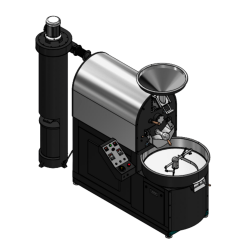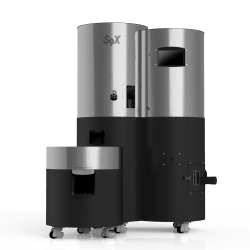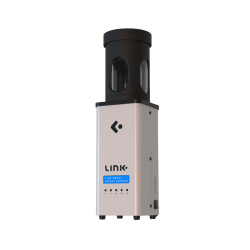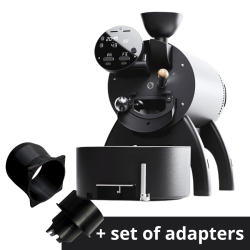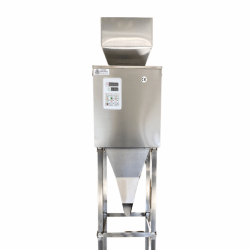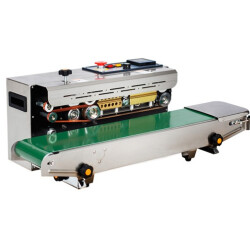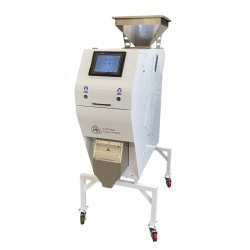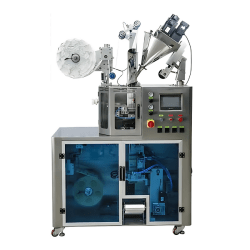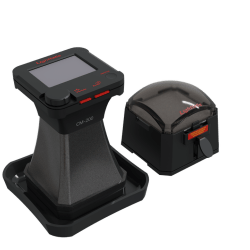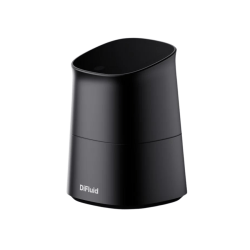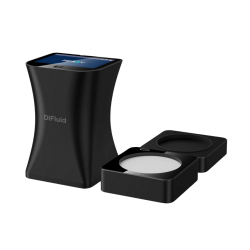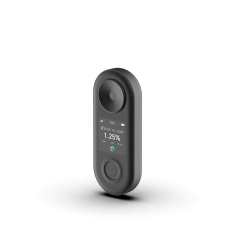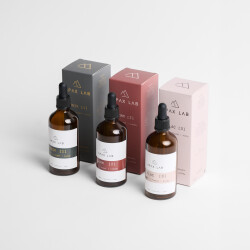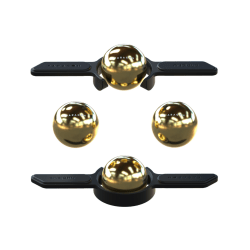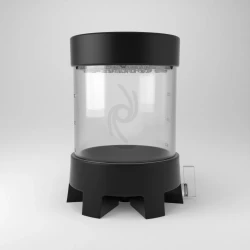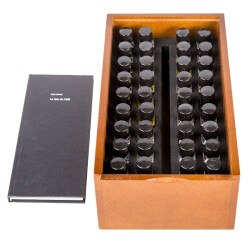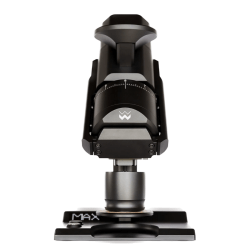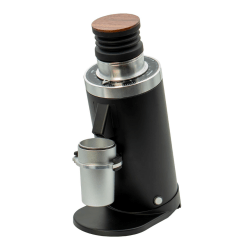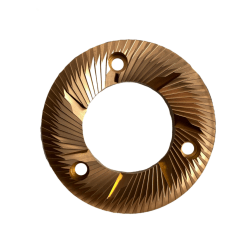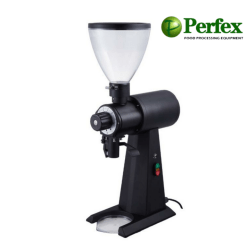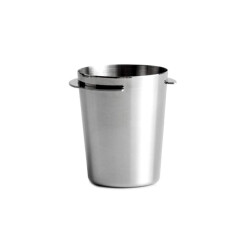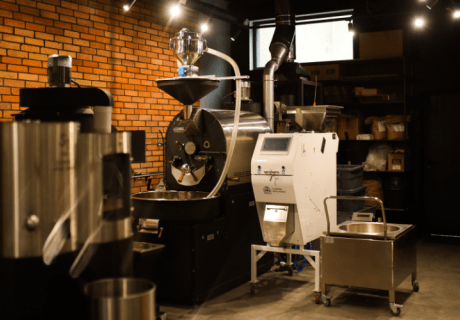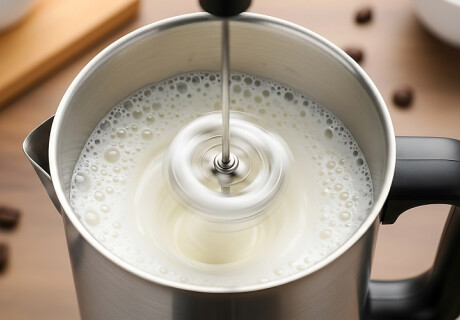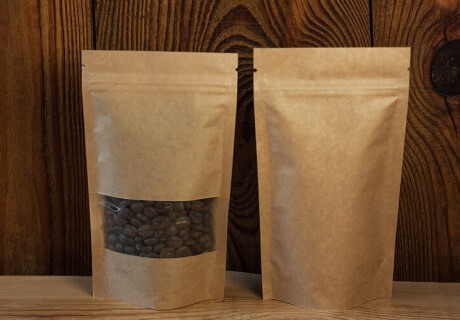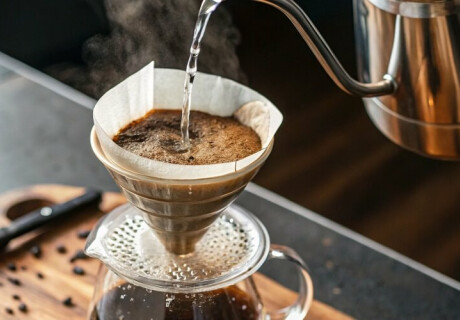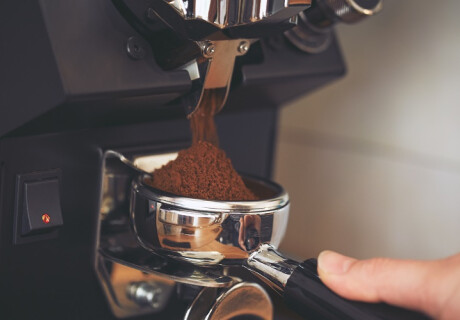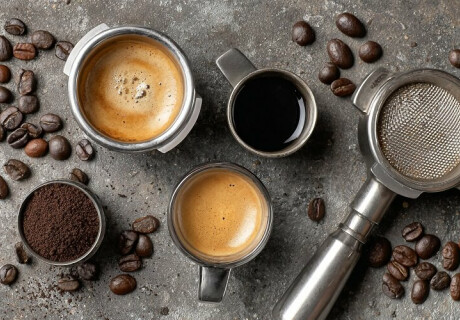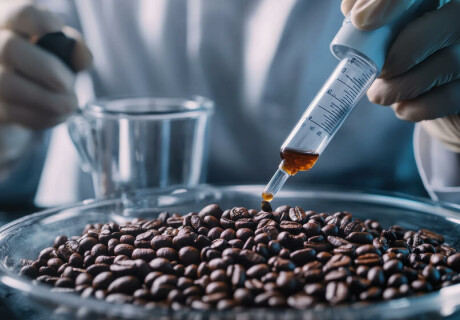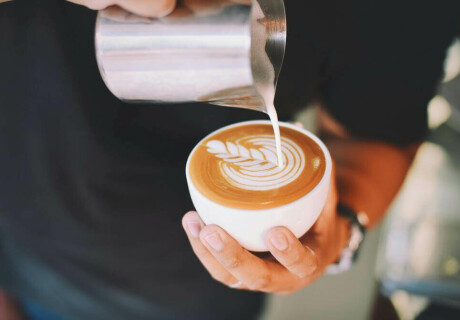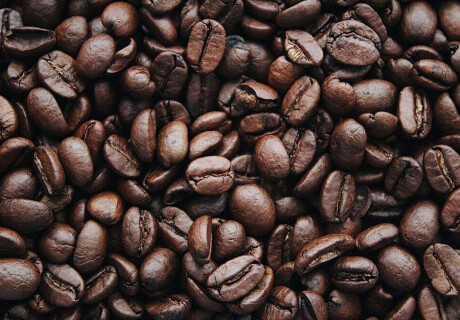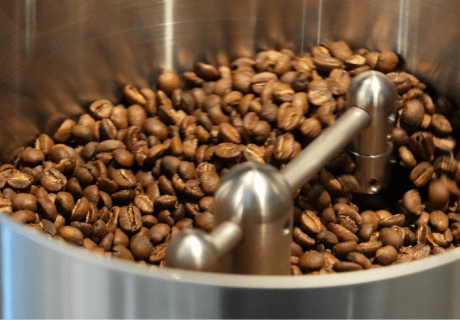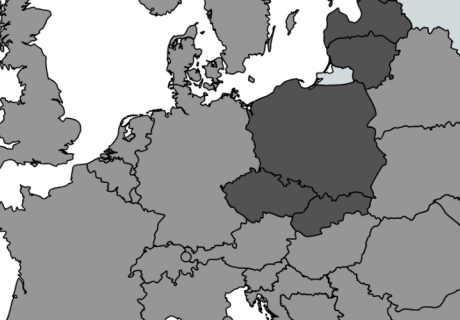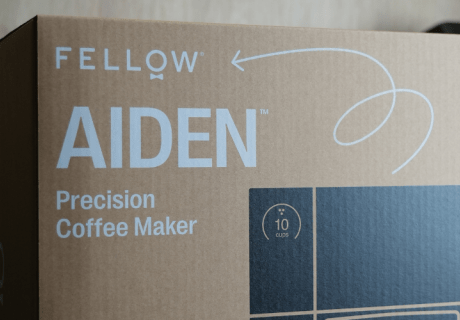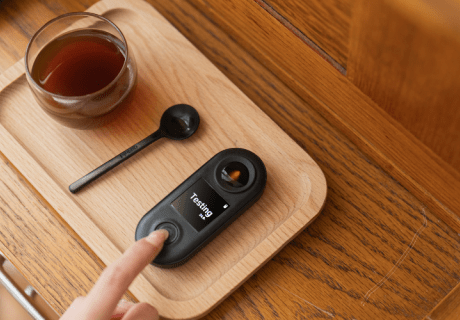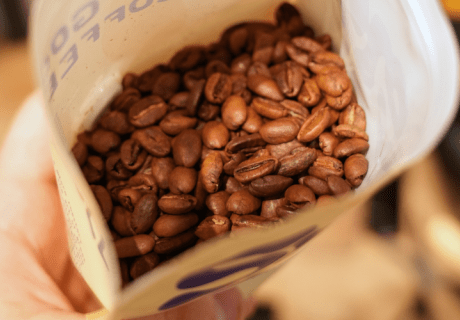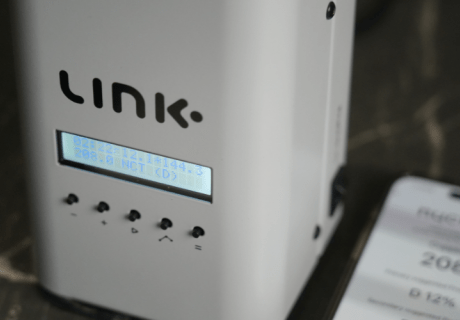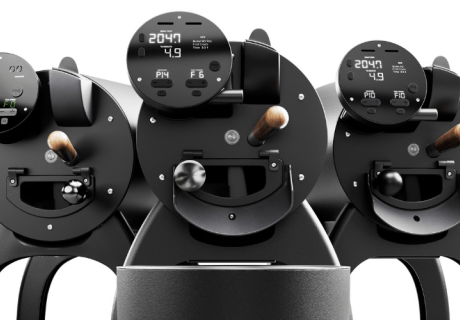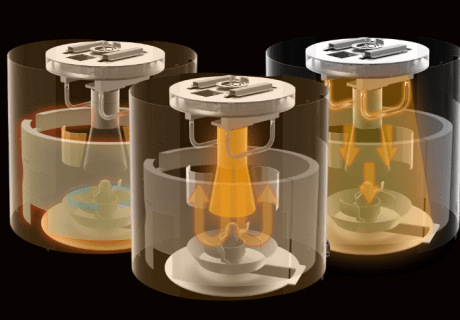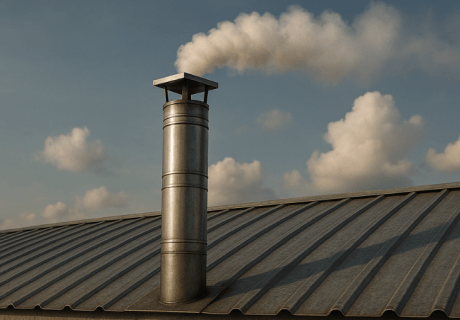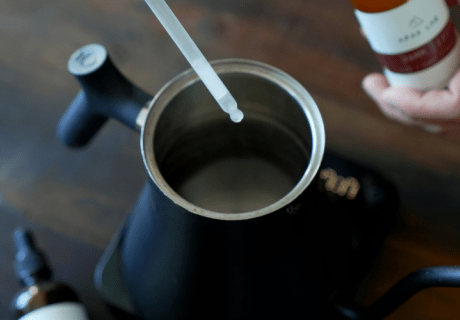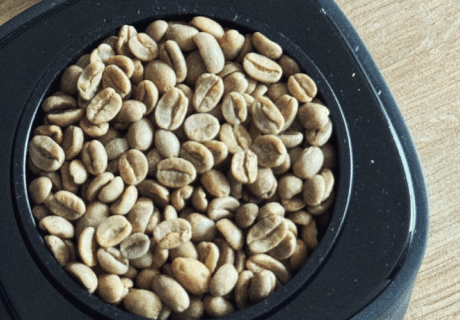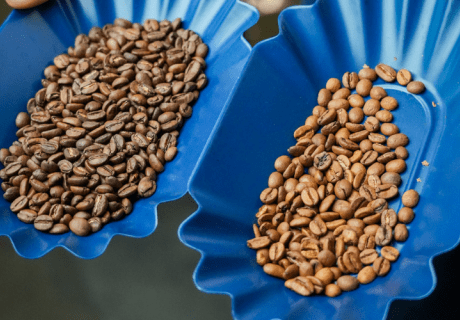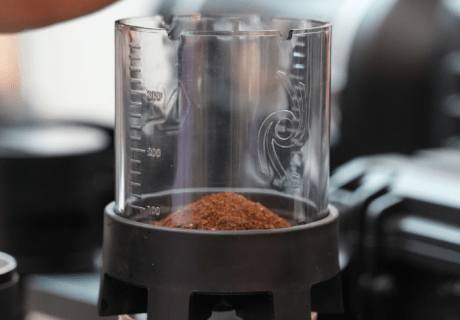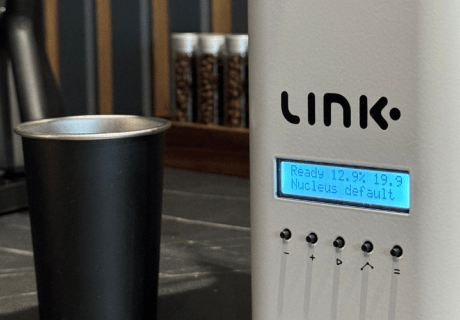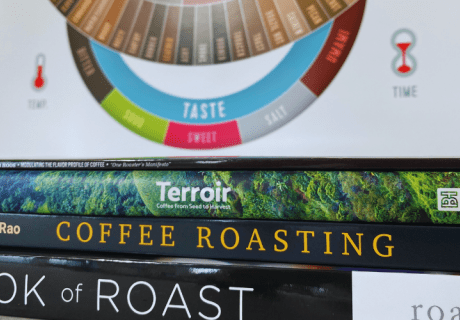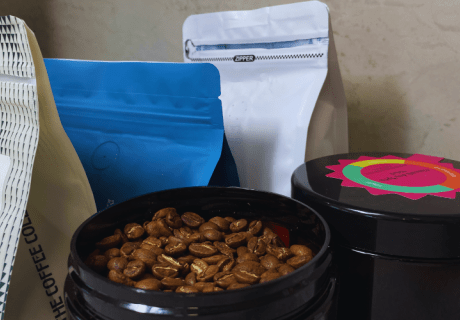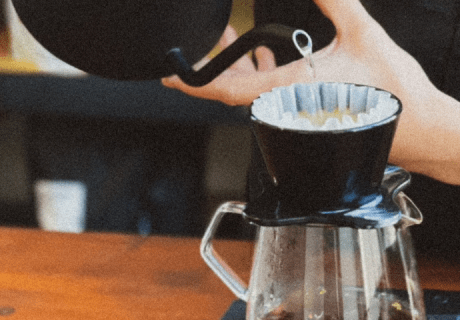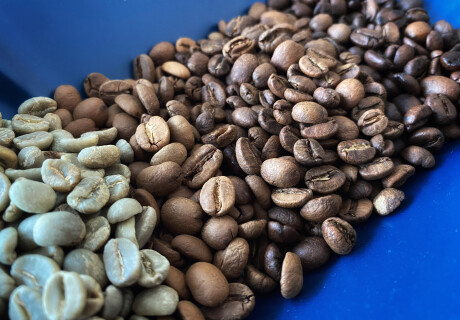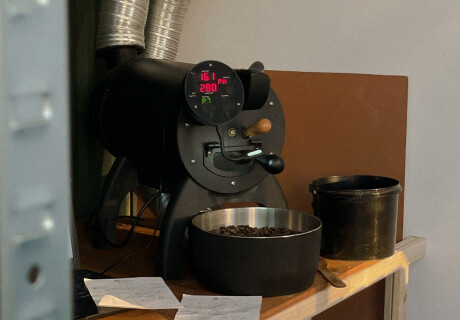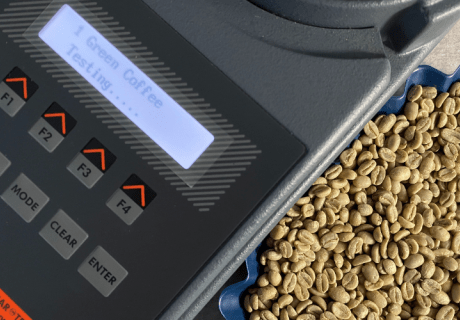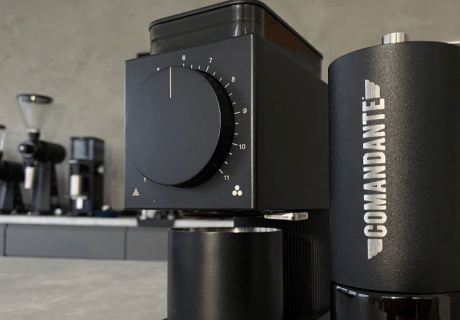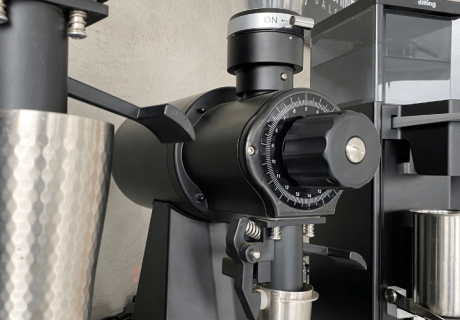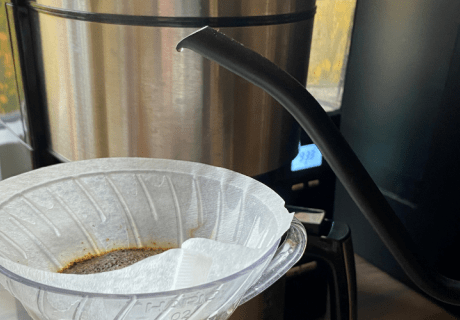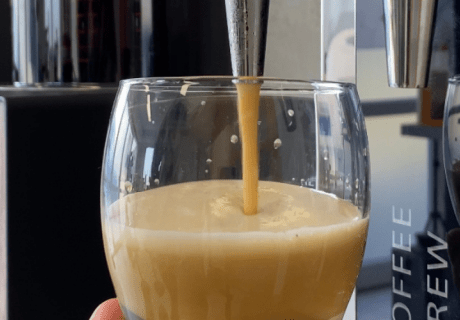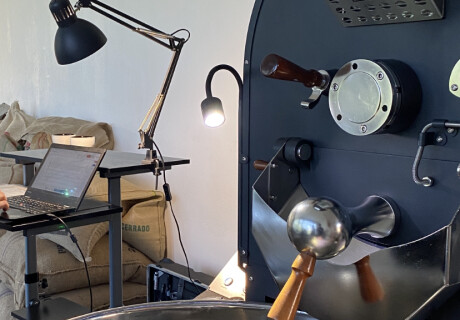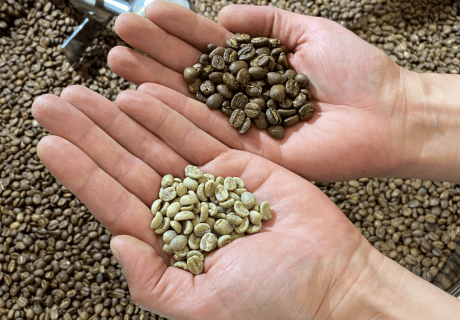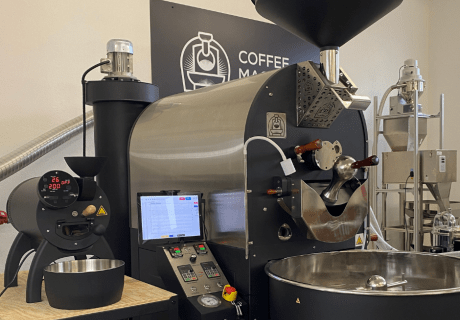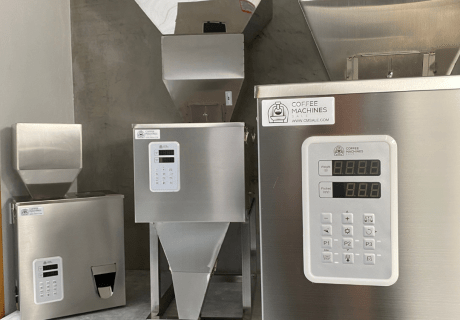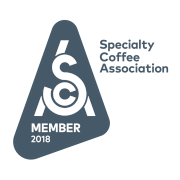Five absolutely essential devices in a coffee roastery!
So, you want to set up a coffee roastery - you've got the roaster, green coffee, and what next? How do you avoid wasting dozens of kilograms of beans while learning this seemingly easy task of coffee roasting? What will make your coffee consistently delicious and defect-free? Here are the five absolutely essential pieces of equipment that will let you proudly call your business based on thermal processing of coffee beans - a roastery.
- How coffee literature can transform both novice and professional coffee enthusiasts.
- The importance of precision and control in the coffee roasting process.
- Which key authors and texts have shaped the contemporary coffee industry.
- Ways to enhance coffee brewing techniques through scientific understanding.
- How specific books provide practical knowledge on flavor extraction and brewing.
- The foundational resources beginners should explore to deepen their coffee knowledge.
- Insights into complex roasting techniques and how they impact the final coffee product.
- The role of understanding coffee's chemistry in creating exceptional beverages.
- How educational resources can make the art of coffee accessible to all.
1. The Roaster, aka the Heart of the Roastery
Choosing a roaster for your coffee roastery is one of the key decisions that will affect the character and quality of the product you produce. Deciding between a gas and an electric roaster, it's important to understand their fundamental differences and how they affect the roasting process.
Gas roasters are appreciated for their quick response and flexibility in temperature regulation. These are important assets, as they allow for quick adaptation to the changing needs of roasting different batches of coffee. Gas roasters are ideal for those who value the ability to manually control the process and make quick adjustments. They also potentially offer lower operating costs, depending on local gas prices. Their downside may be the need for gas installation and a ventilation system, which may not be easy to implement in every location.
On the other hand, electric roasters provide precise control over the roasting process thanks to digital temperature settings. These devices may be more accessible in installation and use, especially in places where access to gas installations is difficult. Electric roasters are also seen as more environmentally friendly due to the lack of emissions. They are the perfect choice for roasteries focusing on consistency and uniformity of roast. However, it's worth noting that they may come with higher electricity costs.
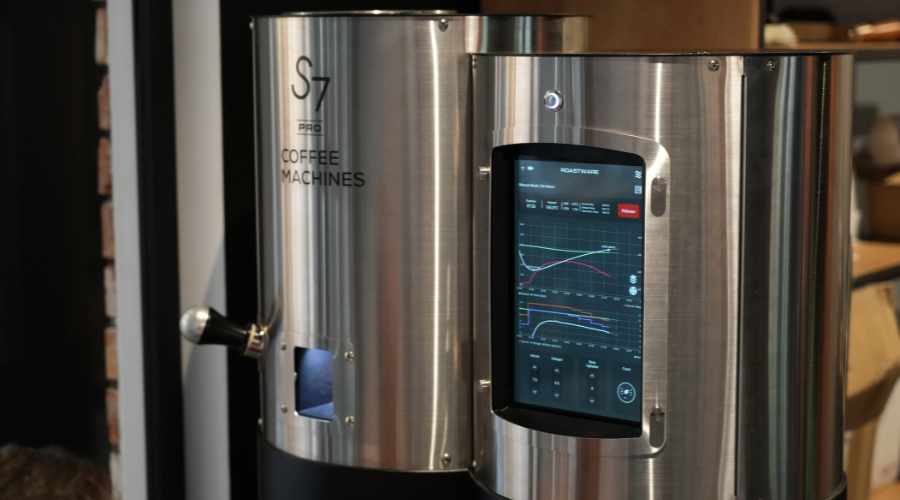
The real Maybachs of the electric roasters are the Stronghold roasters - they are used in the World Coffee Roasting Championships.
1.5 Roaster aside, it's quite easy to buy one, even easier to sell it and leave the customer with the "problem" of roasting coffee - that's why there's something else that will get this iron heart beating evenly and tastily - roasting training.
Roasting training is like a pass to a secret world, where every coffee bean is treated like a little work of art. It teaches how to listen to the 'cracks' of beans, interpret their color, smell, and even how to understand what they "want." Because yes, coffee beans have their "wants," and the ability to understand and fulfill them decides whether we get a cup of heavenly brew or a bitter slosh.
A coffee roaster, no matter how advanced, without someone who can extract its magic, is just an expensive piece of metal. Training opens the eyes to how temperature, humidity, and even the altitude at which the coffee was grown, affect its taste and reinforces that even 60% of the taste in a cup comes from the color we've roasted the coffee to. Therefore, while it's cool to have equipment straight out of space, without the knowledge and skills training provides, it can't be properly controlled. After all, it's not the roaster that makes coffee – it's people, their passion, knowledge, and skills that determine the final result.
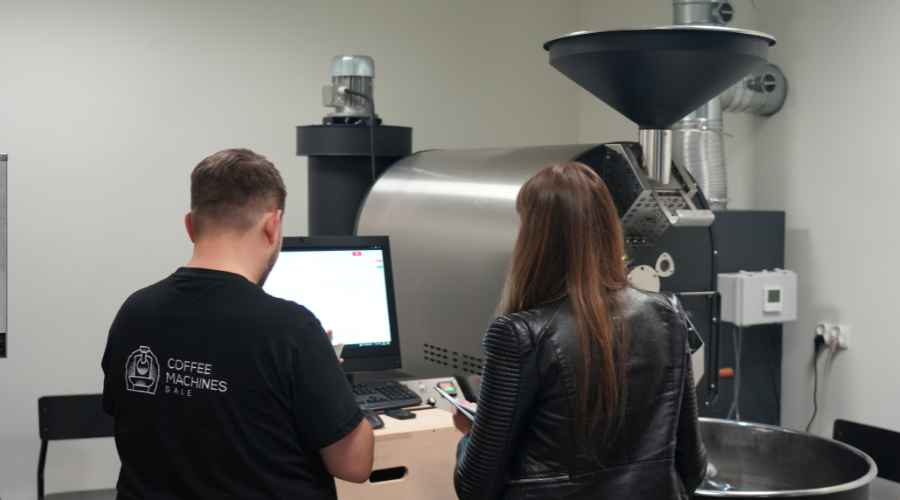
Łukasz Jura during roasting training.
2. The Destoner - Healer of your Customers' Grinders
Quoting an old saying: "Health is like money, we never have a true idea of its value until we lose it.". You might not realize how crucial it is until a disaster strikes — like a customer posting a photo of your beans with a rogue pebble online, potentially damaging their grinder. That’s the moment you realize the destoner’s worth. Suddenly, you find yourself making an urgent call to the guys from Coffee Machines Sale, and before you know it, a destoner is being installed in your roastery, despite your previous reservations and hopes that you could manually catch every tiny stowaway during the cooling process.
What does a destoner give us? It's a device designed to remove stones and other hard objects that may have found their way among coffee beans during harvesting or transport. The destoner, with its precision, allows for the continuity of production and guarantees that every batch of coffee leaving the roastery is free from unwanted "surprises." It's an invaluable tool that not only protects equipment but most importantly, ensures peaceful sleep without the worry that by morning you'll become fodder for coffee jesters, who are not fond of coffee with bits of concrete.
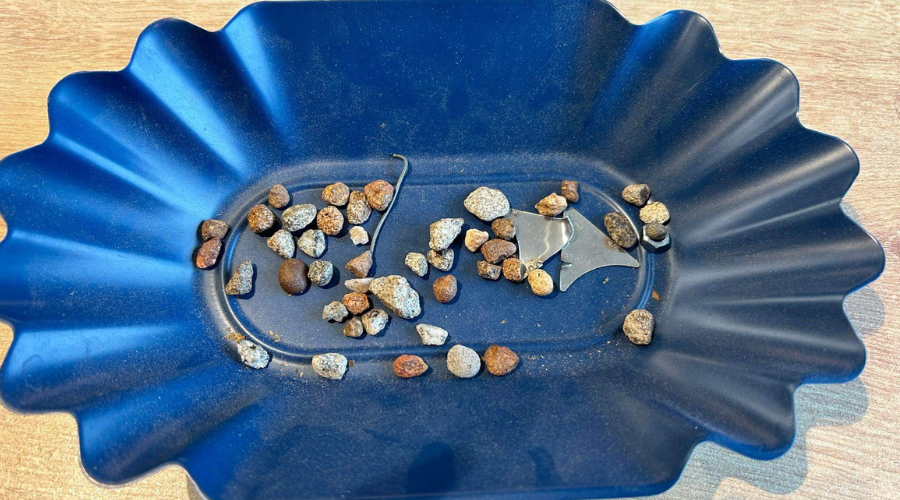
There are many "treasures" hidden in bags of coffee.
3. Colorimeter - don't have one? I'm not drinking your coffee!
Just a few years ago, a colorimeter was a rare bird, like good roasters from Piła - now it's more of a standard. A colorimeter is a kind of benchmark, whether we are already a roastery or still a coffee frying place - it's a device that measures the color of coffee beans in a very precise way. It might seem a bit abstract, but the color of coffee beans is directly related to their flavor and aroma. Why? Because color is a reflection of the degree of roast, and the degree of roast is crucial for the flavor profile of the brew. Depending on how long and at what temperature the beans were roasted, they can exhibit a variety of flavors – from sweet fruit notes, through chocolate, to intensely bitter.
- Consistency: Each batch of coffee should be as consistent as possible with the previous ones. Customers fall in love with specific flavors, so it's important that every package of coffee leaving the roastery has a similar flavor profile. The colorimeter allows for precise matching of the degree of roast, ensuring this consistency.
- Process optimization: Using a colorimeter allows roasteries to experiment with different degrees of roast and monitor their impact on flavor. This way, they can find the ideal point for each coffee variety, which is key to creating unique blends.
- Quality control: In coffee, as in any natural product, there are variations. Beans from different batches, even from the same plantation, can differ. The colorimeter helps maintain uniform quality by precisely adjusting the roasting process for each batch.

Using a Difluid Omni, we fine grind, align the sample and measure the colour.
3.5 It's also worth considering a separate grinder designated only and exclusively for grinding coffee for color measurement. Think of it as a specialized tool that doesn't have to cost a fortune, but must do its job well. An electric coffee grinder, specifically selected for measurement purposes, ensures that we can grind our coffee precisely and consistently, which is absolutely necessary for achieving reliable results. After all, the goal is to move on the Agtron scale with surgical precision. We grind the coffee finely enough to maximally expose the color of the beans, but at the same time coarse enough to avoid caking of the coffee, which could affect the reading. This is important because coarser particles can cast shadows that disrupt the correct measurement result, and in color measurements, every even the smallest detail matters. A dedicated grinder for such measurements is not only convenient but above all ensures consistency and repeatability in research. Thanks to this, each coffee sample is treated in the same way, which translates into the reliability of our measurements.
4. Semi-automatic coffee packaging station
Think of this as moving furniture. You can do it yourself, struggling with the weight, risking back pain, or... use a cart and handle the task efficiently and painlessly. The same applies to packaging coffee in roasteries. When operating a roaster with a capacity of 6 kg or larger, manual packaging of coffee can quickly turn into a real ordeal. Imagine a ton of beans that need to be measured, packed, and secured. Sounds like a recipe for back pain and an endless day of work, right?
Here's where a basic coffee packaging station comes in, consisting of a weigher, sealer, and loader. This trio works for you, ensuring that each package has exactly as much coffee as it should, is tightly sealed, and ready to be shipped to the customer, all without straining the backs of employees. The weigher with the loader takes on the task of precisely measuring the coffee, and the sealer ensures that everything stays tightly closed. Simple, fast, and most importantly - safe for health.
Investing in such a station is not just a matter of efficiency and improving the quality of order service, but above all, caring for the well-being of employees. Long hours spent on manual packaging can lead to overloads, back problems, and endless frustration combined with boredom. Therefore, if you're serious about coffee roasting, a packaging station should be as high on your shopping list as a good roaster or destoner. It's not just an investment in the business, but in the people who create that business.
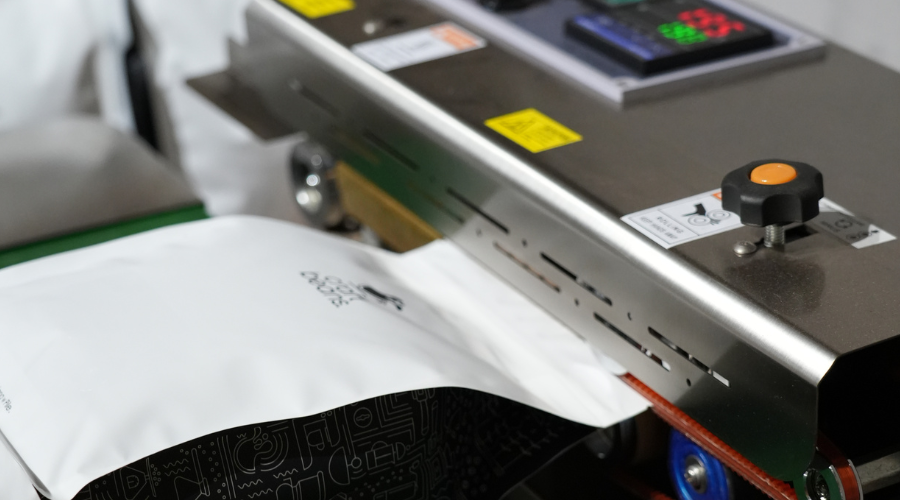
5. Optical sorter - the quaker slayer
A sorter in a coffee roastery is a bit like a bouncer in an exclusive club – it doesn't let everyone in, only the best. And in the world of coffee, "the best" means beans free from quakers, i.e., immature seeds that can spoil the whole fun. These little intruders are not only less dense and poor in sugars, proteins, and starches, but they also brown more slowly during roasting, which can significantly lower the quality of coffee. That's why the sorter is becoming so desired in coffee roasteries – it helps fish out these unwanted elements before they spoil the taste of coffee.
Imagine drinking coffee that's supposed to be delicate and aromatic, and suddenly you hit a note of peanuts, bitterness, or even a taste of grass. That's exactly what quakers can add to coffee. In the past, we might have gotten used to such surprises in our cup, but now, as expectations for coffee quality grow, the sorter becomes an indispensable tool in producing coffee that meets the highest standards.
Simply put, the sorter is like a superhero in the roastery, ensuring that each bean is in its place. Without a sorter, we often don't even realize how many quakers are in our coffee – and it can be from a dozen to even 40% in some cases! Thanks to it, we can enjoy a cleaner, more consistent flavor of our favorite coffee, without surprises.
So let this be a warning to quakers – their days are numbered, and the sorter is their biggest enemy. For us, coffee enthusiasts, it heralds better, tastier mornings. Leading roasteries around the world use sorters after roasting coffee, like Manhattan Coffee Roasters, Prodigal, or The Espresso Lab - we should learn from the best!
Check what Scott Rao thinks about color sorting and our MINI-125! SCOTT'S ARTICLE
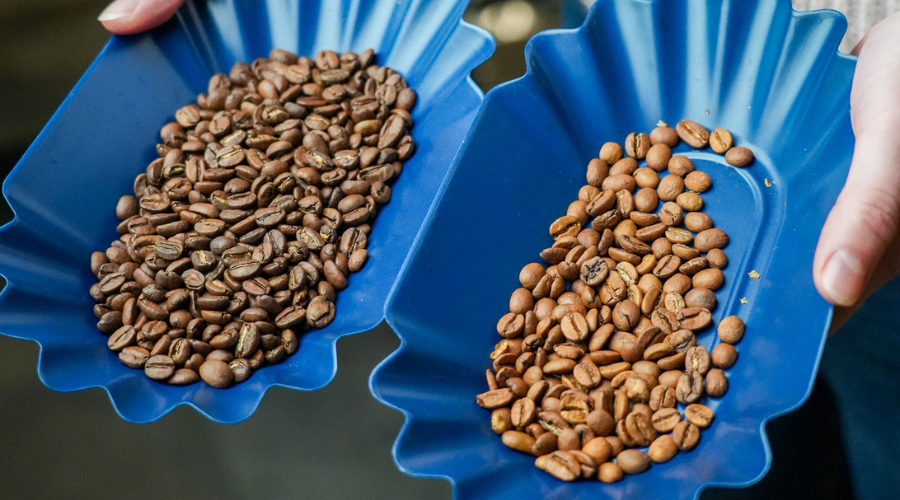
The difference can be seen with the naked eye - the good beans go into packets (left tray), the Quakers (right tray) are usually ground and used as part of the compost on customers' plots.
After gathering these five roastery jewels, well, six in total, you can be sure that you're 100% prepared for safe and repeatable coffee roasting.
For complete happiness, it's worth taking care of:
- various types of scales (you can never have enough),
- a universal grinder for grinding coffee for customers, for cupping,
- large containers with food-grade certification,
- scoops for green/roasted coffee,
- tools for cleaning the roaster,
- a moisture meter for measuring green beans,
- cupping accessories: a large kettle, bowls, spoons,
- a sturdy vacuum cleaner,
- a sample roaster,
- a refractometer,
- this list is practically endless ;)…
Great! Now you know what you must, and what you should have in your roastery. Well-roasted, sorted coffee waits in containers or packed waits in beautiful packages and now comes the hardest part - sales... that's where the real challenge begins ;)

